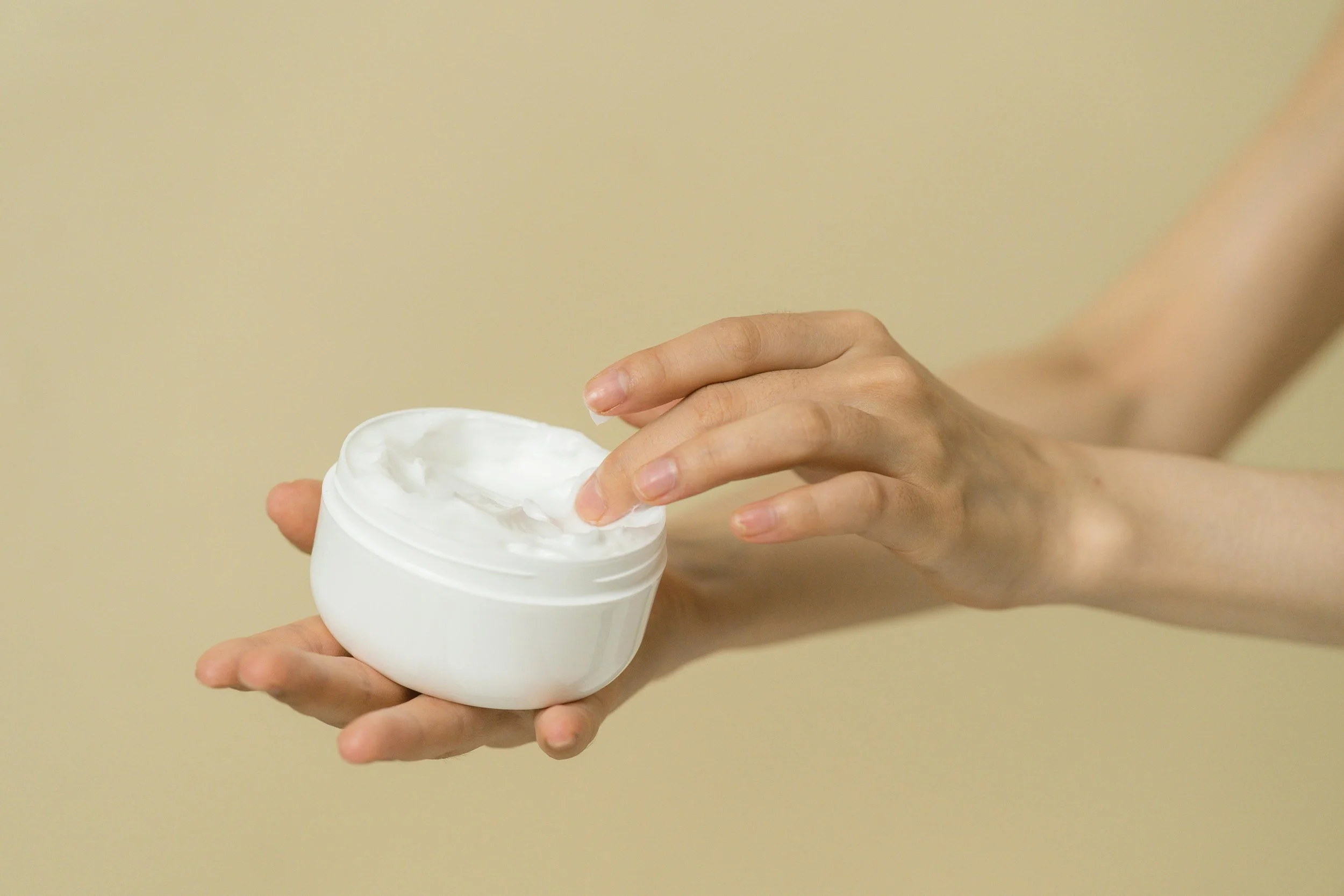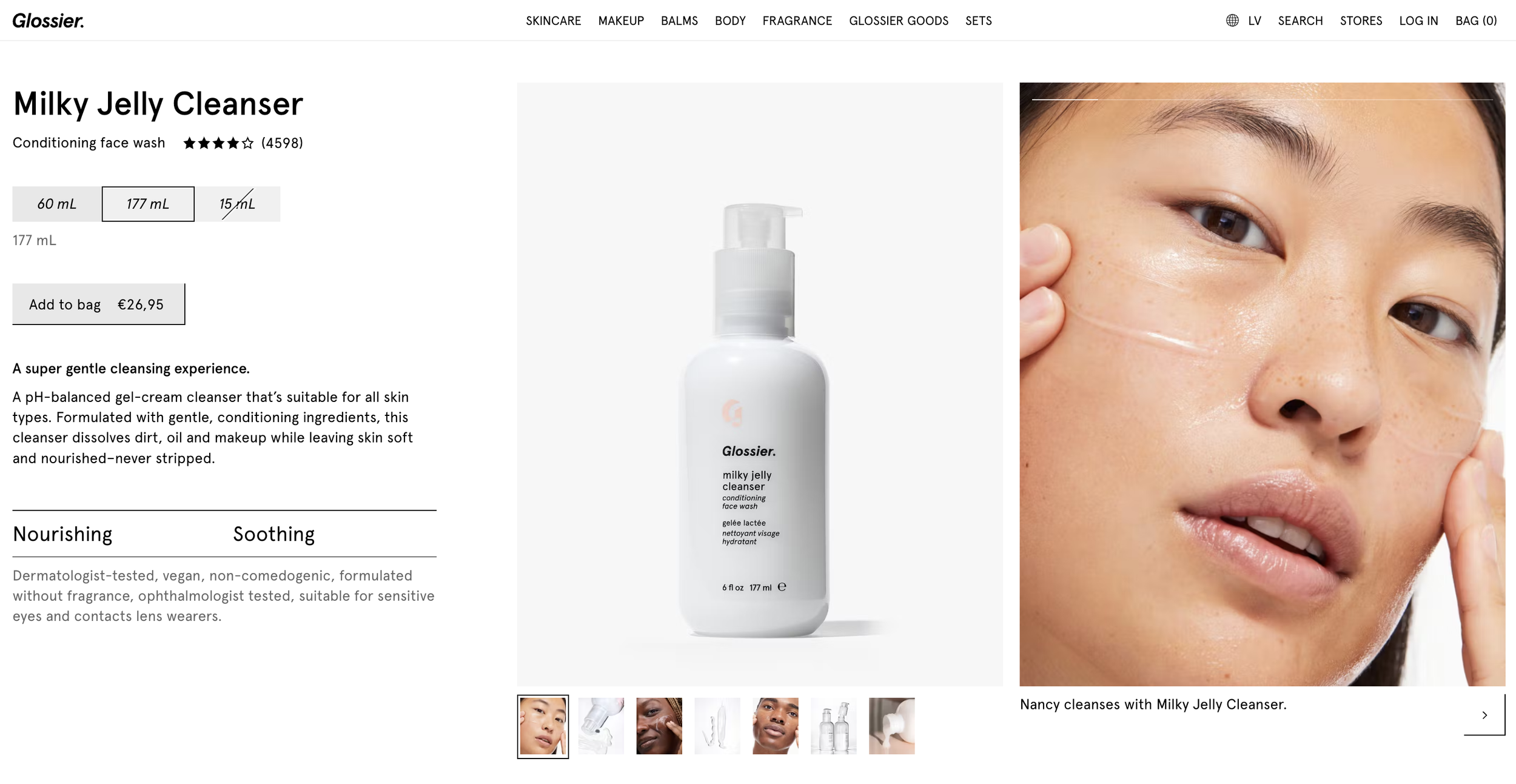Sell the Experience: Writing Skincare Product Descriptions that Drive Sales
With so many skincare products out there, standing out can feel like a real challenge. That’s where a well-crafted product description makes all the difference. It's more than just a list of ingredients. It’s your chance to tell a story and help people connect with your product before they’ve even opened the bottle.
The right description makes it easy for customers to picture using your product. They can imagine how it feels, how it smells, and how it fits into their daily routine. It's like giving them a preview of the results they’re hoping for.
You might think – that’s a lot to ask from a few lines of text. But it can be done. And once you get the hang of it, it can really boost how people see your brand and products.
Let’s walk through a few important steps of how to write skincare product descriptions that catch customers’ attention and help your business grow.
Why product descriptions matter for skincare brands
Visibly appealing packaging and great photos catch the eye, but descriptions close the deal. A clear, engaging skincare product description builds trust, explains the benefits, and gives your brand personality. It sets the tone of your brand and, in the end, plays an important role in how customers perceive you.
And of course, if it's optimized for search engines, it also helps more people find your products online. The right keywords can boost your visibility in search results. And Search Engine Optimization (SEO) is a great way to gain more traffic and more sales.
Whether you’re starting a skincare line, running a private label skincare brand, or offering white-label products, your words can set you apart in today's crowded market.
Here’s what a good product description can do:
show what makes your product special;
help customers imagine using it;
reflect your brand’s values;
make you more visible to potential customers.
Know your audience: Identifying skincare needs and preferences
Before you write anything, imagine yourself in your customers’ shoes. Imagine their daily challenges and make sure to provide solutions. Most skincare customers are looking for help with problems like breakouts, dry patches, redness or fine lines.
Ask yourself:
What specific concerns they might be dealing with?
Do they prefer clean, vegan, or fragrance-free products?
Are they new to skincare or already know what they need and want?
Understanding their needs helps you write descriptions that truly speak to customers. For example, a teenager with oily skin is likely looking for something totally different from a customer in their 40s focused on keeping their skin firm and hydrated.
How to find out what your customers struggle with? And what will catch their attention in your product descriptions? Read customer reviews, comments, and FAQs. You’ll find the exact phrases your audience uses, and you can reflect those in your product descriptions.
Be sure to use phrases that mention specific results like “reduces breakouts without drying your skin.” It helps customers feel seen.
What to include: Highlighting key features and benefits
A great product description has the perfect mix of useful details and real benefits. It has to answer the most important question – “why this product?” – by covering key features as well as benefits.
Highlight key features
This is where you introduce your product like you would in a casual conversation with a friend. Explain what makes it special. What’s inside? And why should anyone even care?
Start by laying out the essentials. Speak about key ingredients, how the product feels – is it silky, lightweight or creamy? Mention how it’s used and what results it can bring. Use your words to spark a feeling. For example, instead of saying: “Contains hyaluronic acid,” use rich language that instantly creates an image in the customer’s mind. So say: “Made with hyaluronic acid to give your skin a deep moisture, leaving it soft and smooth all day.”
It’s not just about what the product is made of, but why those ingredients matter. What experience does it offer? What makes it worth trying?
If you’re offering private label skincare, this is a great place to highlight what sets your product apart from other brands, especially in today's market, where 69% of global consumers perceive private-label products as offering good value.
Focus on real benefits
Once the features are clear, shift the focus to how they can help. Benefits should show customers what results they can expect – hydration, brightening, soothing or smoothing. Make it specific.
Instead of general statements like “good for your skin,” describe the effect – “soothes irritated skin within minutes” or “reduces the appearance of fine lines with regular use.”
These types of details help customers imagine results they can relate to and build trust. Use these benefits to make your brand really stand out in the skincare market.
Bring product description to life with storytelling and sensory language
A great product description paints a picture. So make sure customers feel like they’re already using your product.
Storytelling is your chance to activate all five senses and turn information into imagination. Close your eyes for a moment and picture this. Your customer squeezes a small pearl of cream into their palm. They see the soft, velvety texture. They inhale the subtle scent of rose. They feel it melt into their skin, leaving it smoother and instantly refreshed. In just a few seconds, you’ve experienced sight, scent, touch – even a sense of comfort – without even touching the product.
That is the kind of picture you want to paint for your customers. So use human senses as your leverage and create a story worth remembering, starting from the way the product looks all the way to how it feels.
Make it SEO-friendly and easy to read
In order for customers to buy your product, make sure they can easily find it. That’s where Search Engine Optimization (SEO) comes in. When done correctly, it helps your product appear higher in organic search results, making it easier for potential buyers to discover what you offer.
Naturally including target keywords in your website content is essential for improving SEO performance and it plays a crucial role in skincare marketing. That’s where you can effectively use your product descriptions.
Start by using keywords your customers are already searching – for instance, describing face cream use phrases like “best moisturizer for dry skin”. But in the Vitamin C serum description say “gentle Vitamin C serum for sensitive skin.” But make sure not to overdo it. Your goal is clarity, not clutter.
Beyond keywords, focus on structure and readability. Keep your paragraphs short, and break down long blocks of text using headers and bullet points. This makes it easier to quickly scan through text and find the most important information.
Common mistakes to avoid: Pitfalls that hurt conversions
Even the most well-known brands can fail to deliver when it comes to writing effective product descriptions. Some mistakes may seem minor, but they can make it harder to connect with potential customers.
Make sure you are NOT:
Using too much technical jargon. Keep your language simple, clear, and easy to read.
Making unrealistic promises. Be honest and back up your claims with real results customers can see or feel.
Listing ingredients without context. Customers want to know what an ingredient does, so always connect the ingredient to its benefit.
Ignoring skincare regulations. You can still write engaging skincare product descriptions without making risky claims. To be safe, use words like “reduces,” “helps,” “soothes,” and similar.
Keep in mind that your goal is to make the customer trust your brand. So make sure your words align with actions.
Examples of effective skincare product descriptions: Real-world inspiration
Let’s take a look at a few brands that are doing a great job with their skincare product descriptions, combining storytelling, sensory language, and smart structure.
Glossier – Milky Jelly Cleanser
Source: Glossier
“A pH-balanced gel-cream cleanser that’s suitable for all skin types. Formulated with gentle, conditioning ingredients, this cleanser dissolves dirt, oil, and makeup while leaving skin soft and nourished–never stripped.”
This example resembles comfort – a feeling customers usually look for in a product. And paints a sensory picture that’s reassuring.
Let’s take a look at another product description example!
Youth To The People – Superfood Air-Whip Moisture Cream
Source: Youth to the People
“This lightweight face cream floods skin with vital hydrating ingredients for long-lasting moisture that's never heavy or greasy. Superfood and vitamin-rich, it cools and comforts skin, leaving a healthy, natural glow. Suitable for acne-prone skin, won't clog pores, and layers well with makeup.”
This example clearly shows ingredient benefits. It helps customers imagine the experience of using this product.
Examples like these are proof that the formula for effective product descriptions stays the same: be clear, highlight what the product can offer, and help customers picture the result.
Final tips and next steps
Creating product descriptions is about telling a story. The right words can spark curiosity, build trust, and help customers connect with your brand, your product and values. Make sure to use that.
To sum it up:
Know your audience and stay on top of what matters to them the most.
Clearly highlight product features and benefits.
Tell a compelling story your customers can imagine.
Keep in mind best SEO practices.
Be honest and avoid misleading claims.
And remember – great product descriptions need constant improvement. Use feedback from your customers, run A/B tests, and keep polishing them.
Also, stay curious about what your customers want. Trends like sustainability and transparency aren’t going away – so make sure your descriptions are up to date with what your customers want.
What’s next? Pick one of your products and give its description a go. Write it, test it, and let it grow with your brand. You might be surprised how powerful your words can be!









